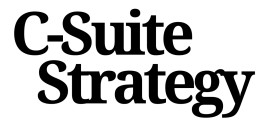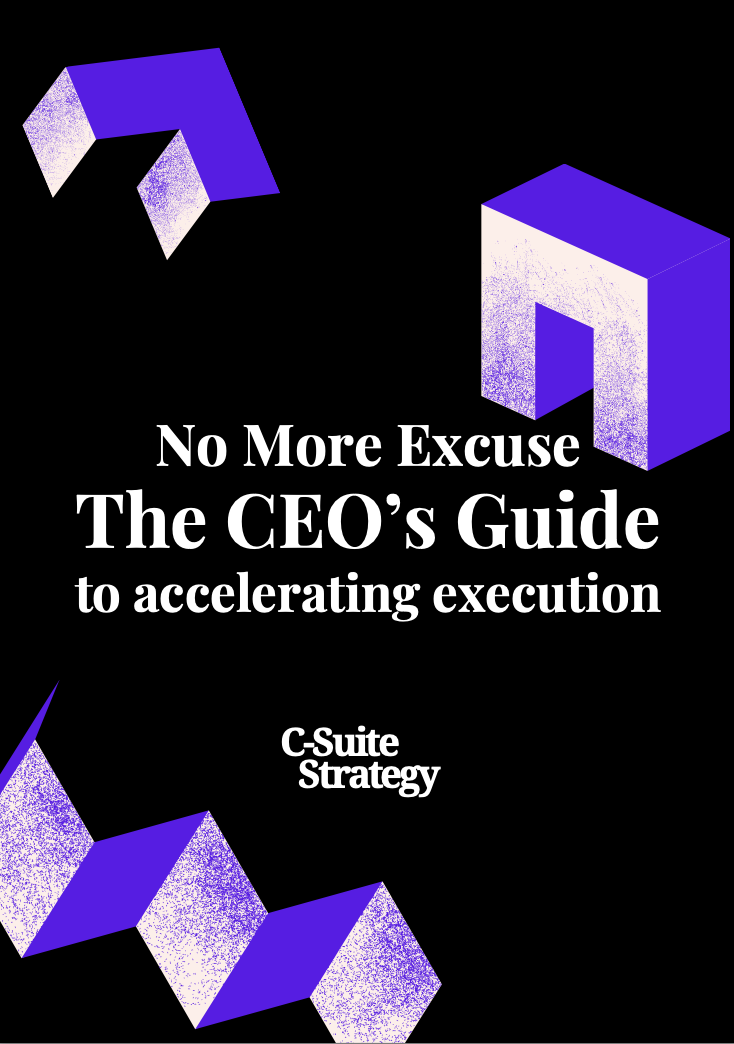
Understanding the Basics of Organic and Inorganic Marketing
Defining Marketing Strategies: Organic Versus Inorganic
In today’s rapidly evolving digital landscape, companies are continually exploring effective marketing strategies to reach their target audience and foster brand growth. Understanding the distinction between organic and inorganic marketing strategies is crucial for C-suite executives tasked with steering their companies towards sustainable success.
Organic Marketing Strategies rely on creating valuable content to naturally attract and engage the audience over time. Common tactics include content marketing, SEO (search engine optimization), and leveraging social media to build a connection with the target market. The focus is on creating long-term organic growth through consistent, reliable content that establishes trust and loyalty with the audience.
On the other hand, Inorganic Marketing involves paid advertising campaigns such as Google Ads and other paid media platforms. This approach is designed for more immediate results, allowing businesses to efficiently target specific demographics and drive quick inorganic growth. For more insights, executives might consider exploring the role of innovation strategists in effectively integrating these marketing strategies.
Both approaches have their unique strengths and can be used complementarily. The decision to pursue organic versus inorganic strategies, or a balance of both, should align with the overall goals and marketing strategy of the business. This sets the stage for subsequent discussions on the benefits of each approach and strategic considerations essential for C-suite executives.
Evaluating the Benefits of Organic Marketing
What Organic Marketing Can Offer
When navigating the marketing landscape, understanding the potential advantages of organic marketing is crucial. Organic marketing strategies focus on building a strong foundation through content creation, SEO, and genuine social media engagement to drive organic growth. By doing so, businesses establish a lasting connection with their audience without the immediate expenses associated with paid ads.
One of the primary benefits of organic marketing is its ability to foster long-term relationships with customers. By consistently providing valuable content, a company can cultivate trust and loyalty, leading to sustained brand growth over time. This approach is especially beneficial for companies looking to enhance their brand presence and strengthen their position within the market.
Another significant advantage is cost-effectiveness. Although developing effective organic strategies requires time and effort, the absence of ongoing costs that come with paid advertising makes it an attractive option for businesses seeking sustainable growth. This can help in the strategic allocation of resources, allowing organizations to focus on creative and strategic endeavors.
Organic marketing also enhances brand credibility. Through top-notch content marketing and thoughtful engagement on media platforms, businesses can position themselves as thought leaders in their industry. This, in turn, amplifies brand recognition and attracts a wider audience over time.
For C-suite executives, considering the benefits of organic marketing can lead to crafting a holistic marketing strategy that aligns with overall business objectives. Exploring quarterly goal-setting can further enhance the effectiveness of organic marketing efforts, ensuring that strategies remain focused and adaptable to changing market dynamics.
Exploring the Advantages of Inorganic Marketing
The Potential of Inorganic Approaches
In today's fast-paced business environment, incorporating inorganic strategies such as paid marketing and paid advertising can open up new opportunities for rapid growth. These strategies include initiatives likeGoogle Ads, media platforms, and social media promotions that allow businesses to target specific audiences with precision.
While inorganic strategies demand financial investment, they offer immediate visibility and quick brand engagement. In contrast to the time-consuming processes associated with organic growth, inorganic approaches can accelerate a company's reach. This is particularly useful for emerging companies or established businesses looking to quickly expand their brand presence in new markets.
Inorganic marketing also provides a measurable way to test and evaluate strategies through ads and campaigns, allowing businesses to refine their future marketing initiatives. By leveraging analytics, companies can optimize their approach, ensuring that every dollar spent is yielding a return on investment.
For C-suite executives, understanding the nuances of inorganic marketing is essential for crafting a balanced marketing strategy that leverages both organic growth for sustainability and faster inorganic tactics for accelerated business evolution.
Strategic Considerations for C-suite Executives
Key Points to Guide Your Strategic Decisions
Navigating the intricate maze of organic and inorganic marketing strategies demands a comprehensive understanding of their unique dynamics. As C-suite executives, it’s imperative to make informed decisions that align with your company’s long-term goals and growth trajectory. Let’s delve into some strategic considerations that could influence your choice.- Resource Allocation: Consider the budget and resources you can allocate. While organic growth focuses on long-term sustainability through SEO and valuable content, it often requires more time. In contrast, inorganic marketing such as paid ads and media platforms may demand significant upfront investment, but can provide rapid results.
- Market Position and Brand Goals: Defining your brand’s current market position and long-term objectives can steer your strategy. Organic marketing helps in establishing trust and authority through consistent engagement, which is crucial for brand longevity. If your business is looking for quicker visibility, inorganic marketing can efficiently elevate brand presence.
- Target Audience Insights: Understanding your audience's behavior is crucial. If your audience is highly active on social media, integrating a balanced approach with both content marketing and paid social ads might optimize engagement. It’s essential to analyze which platforms and types of content will most effectively reach your desired audience.
- Competitive Landscape: Evaluating competitors’ strategies can provide insights into effective tactics. Analyzing competitors’ use of organic and paid strategies can highlight gaps or opportunities for your own marketing efforts.
- Risk Management: Diversification of strategies helps mitigate risks. While organic strategies rely on steady content creation and SEO, inorganic efforts such as Google Ads provide quick feedback and the potential to pivot rapidly in response to market changes.
Balancing Both Approaches for Optimal Results
Finding the Right Balance Between Organic and Inorganic Efforts
In the complex landscape of digital marketing, achieving the perfect balance between organic and inorganic strategies is crucial for driving sustained business growth. While organic marketing focuses on long-term brand engagement, it requires significant time and dedication. On the other hand, inorganic strategies offer quicker results through paid advertising, but might not foster deep-rooted audience relationships. For C-suite executives, determining the right mix of organic and inorganic strategies involves assessing your company's specific goals and resources. When deciding how to allocate your marketing budget, consider the following:- Audience Engagement: Organic strategies like content creation and social media interactions are invaluable for building authentic connections. They encourage brand loyalty through valuable content and engage consumers over time without direct costs. Assess your audience's preferences and behaviors to align your organic efforts with their expectations.
- Resource Allocation: Organic marketing requires continuous content generation and SEO efforts, which can be resource-intensive. In contrast, paid strategies such as Google Ads can deliver immediate visibility but at a higher cost. Allocate your resources wisely, balancing organic growth initiatives with paid advertising to amplify your reach and generate quick wins.
- Scalability and Longevity: While inorganic methods provide rapid brand exposure and can be scaled quickly, they dissipate once the budget is exhausted. Organic strategies, although slow to bear fruit, grow your business sustainably in the long term. Consider the lifecycle and long-term vision of your company when balancing the two approaches.














